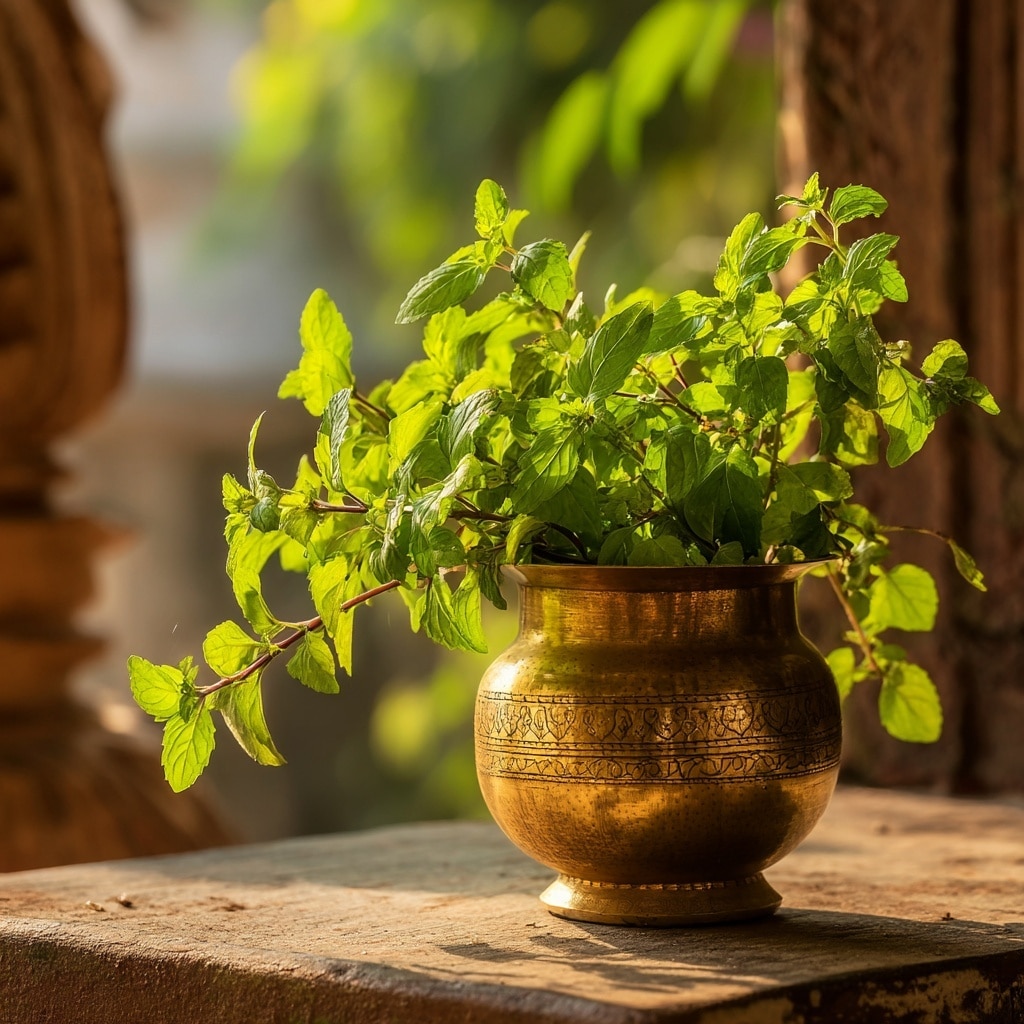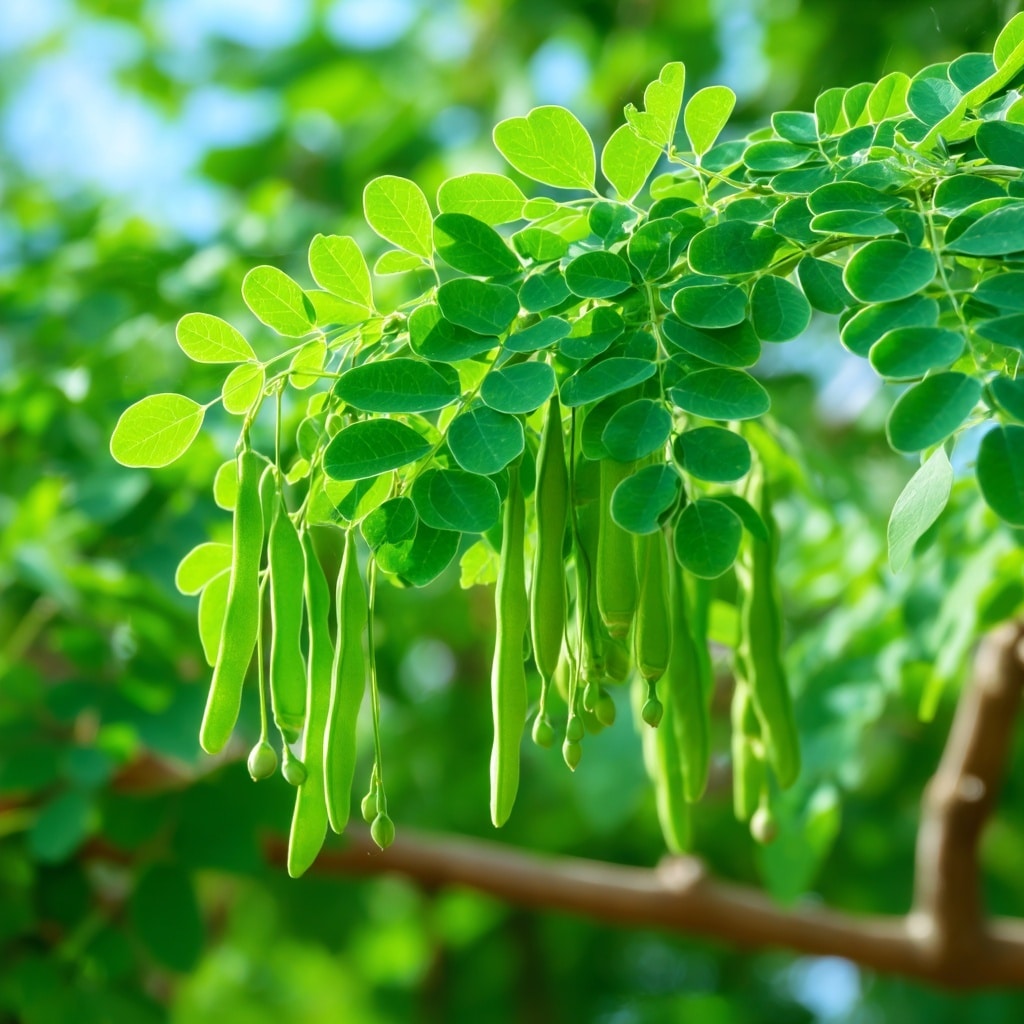Plants have long been a source of healing, comfort, and connection to nature. Especially today, with the increasing interest in natural wellness, growing medicinal plants to grow at home has become more than a gardening trend — it’s a lifestyle choice. These powerful green companions not only beautify your space but also offer natural support for immunity, digestion, skin health, and stress relief. The best part? You don’t need a large yard or farming experience — just a bit of sunlight, patience, and the right plant choices.
In this guide, we’ll walk through five medicinal plants that are easy to grow, care for, and use safely — right from your kitchen window or balcony garden.
Table of Contents
1. Moringa – The Nutrient Powerhouse
If you’re looking to grow plants that offer exceptional health benefits, moringa should be at the top of your list. Often called the “miracle tree,” moringa is loaded with nutrients like calcium, iron, magnesium, and antioxidants that support overall wellness. Its leaves can be added to soups, curries, or smoothies for a quick nutritional boost.
Moringa has natural anti-inflammatory and cholesterol-lowering properties, making it a heart-friendly plant to keep around. It’s also known to help regulate blood pressure and support immune function — all from a few leaves grown at home.
How to Grow Moringa at Home:
- Soak seeds in water overnight to jump-start germination.
- Alternatively, use stem cuttings (around 1–2 feet long) and plant directly in well-draining soil.
- Choose a sunny spot, as moringa loves warmth and light.
- Water moderately — avoid soggy soil.
Quick Tip: Moringa thrives in containers too, as long as it has room to grow deep roots. Just ensure good drainage.
2. Curry Leaves – Fragrant and Functional

Among the most flavorful and healthful plants you can grow at home, curry leaves are a true staple in Indian kitchens and herbal traditions. Their distinct aroma enhances many dishes, but beyond flavor, curry leaves are packed with wellness benefits.
These leaves help manage blood sugar levels, improve digestion, and support heart health thanks to their anti-diabetic, antioxidant, and anti-inflammatory properties. Regular consumption may also aid in cholesterol management and boost immunity naturally.
How to Grow Curry Leaves at Home:
- Best planted just before the monsoon or in cooler months (avoid extreme heat).
- Choose a clay or terracotta pot for better root aeration.
- Use well-draining soil and place in a sunny area.
- Water regularly but allow the topsoil to dry out between waterings.
Pro Tip: Harvest leaves regularly to encourage bushier growth and prevent the plant from becoming leggy.
3. Aloe Vera – The Skin Soother and Immunity Booster
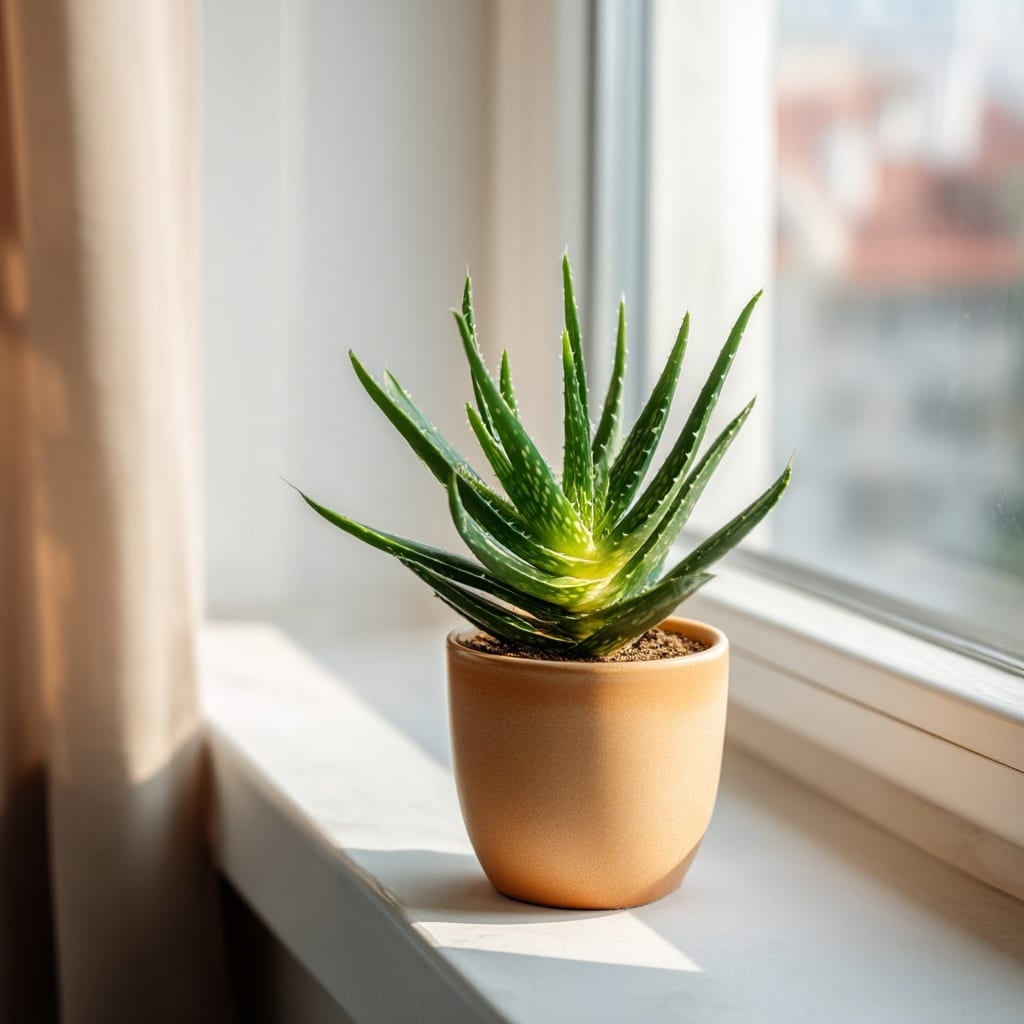
One of the most versatile plants you can grow at home, aloe vera is known for its soothing gel that supports skin healing, boosts immunity, and aids digestion. Whether you’re treating a sunburn or mixing it into your smoothie for gut health, aloe vera is a natural remedy powerhouse.
Its antibacterial and anti-inflammatory properties make it useful for acne, minor cuts, and even scalp care. Aloe can also help regulate blood sugar and improve liver function — all reasons why it’s a must-have for your medicinal garden.
How to Grow Aloe Vera at Home:
- Buy a healthy pup (baby aloe plant) or divide from a mature plant.
- Plant in a wide, shallow pot with sandy, well-draining soil.
- Place it where it can get at least 6 hours of indirect sunlight daily.
- Water deeply but infrequently — allow the soil to dry out completely between waterings.
Bonus Tip: Too much water is the biggest aloe-killer. Think of it as a cactus — less is more.
4. Tulsi – The Queen of Healing Herbs
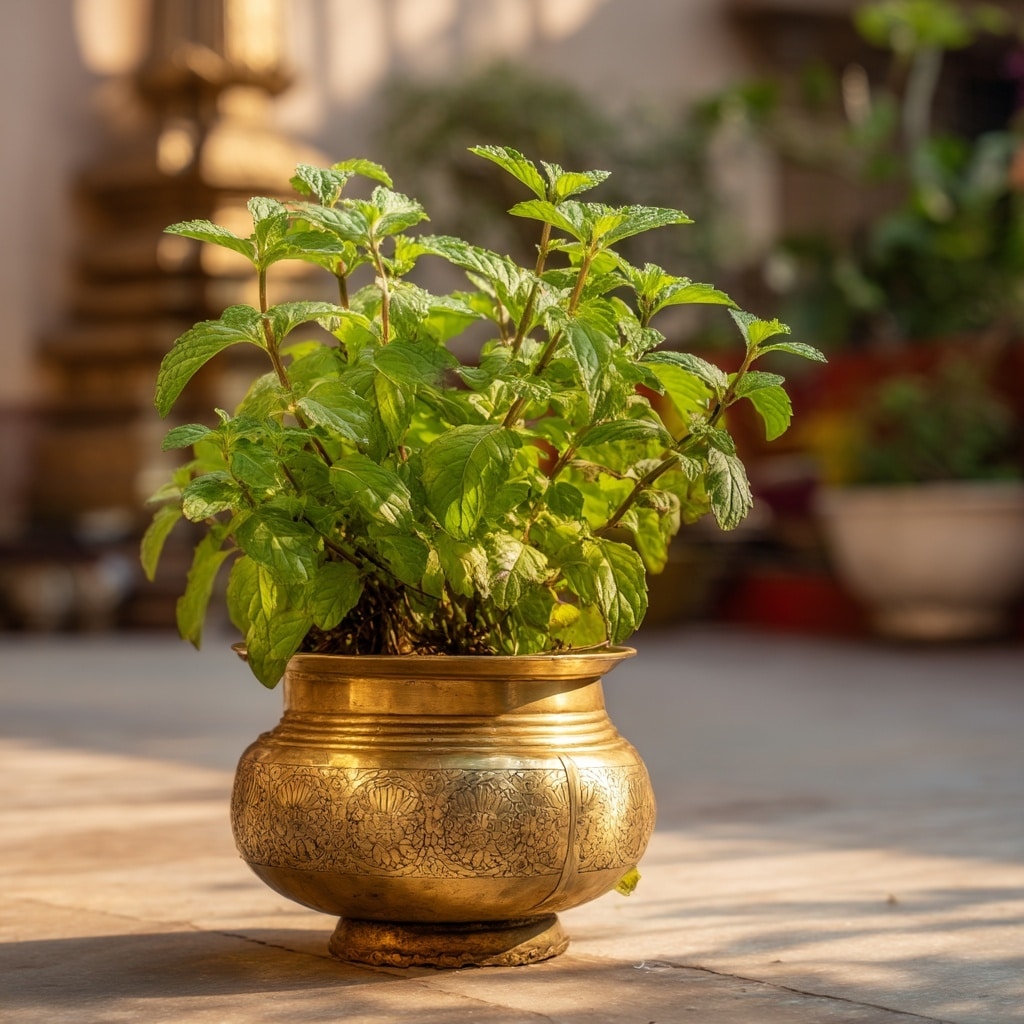
Revered in Ayurveda and Indian households alike, tulsi is one of the most sacred and healing plants you can grow at home. Known as “Holy Basil,” tulsi is prized for its ability to relieve cold and cough symptoms, reduce stress, and strengthen the immune system.
Its antimicrobial and anti-allergic properties make it a natural shield against seasonal infections. Drinking tulsi tea or simply chewing the leaves can help calm the nerves and support respiratory health — perfect for daily wellness.
Popular Tulsi Varieties to Grow:
- Rama Tulsi – with green leaves and a sweet taste
- Krishna Tulsi – darker leaves and a more peppery flavor
- Vana Tulsi – wild variety with a clove-like aroma
How to Grow Tulsi at Home:
- Use seeds or saplings from a nursery.
- Place in a sunny spot — tulsi loves warmth and thrives with 4–6 hours of sunlight.
- Keep soil moist but not soggy; water early in the morning or evening.
- Pinch the tops regularly to encourage bushy growth.
Tulsi Tip: Let the plant flower occasionally, but prune flower heads if you want more leafy growth for use.
5. Ginger – A Spicy Root with Healing Powers
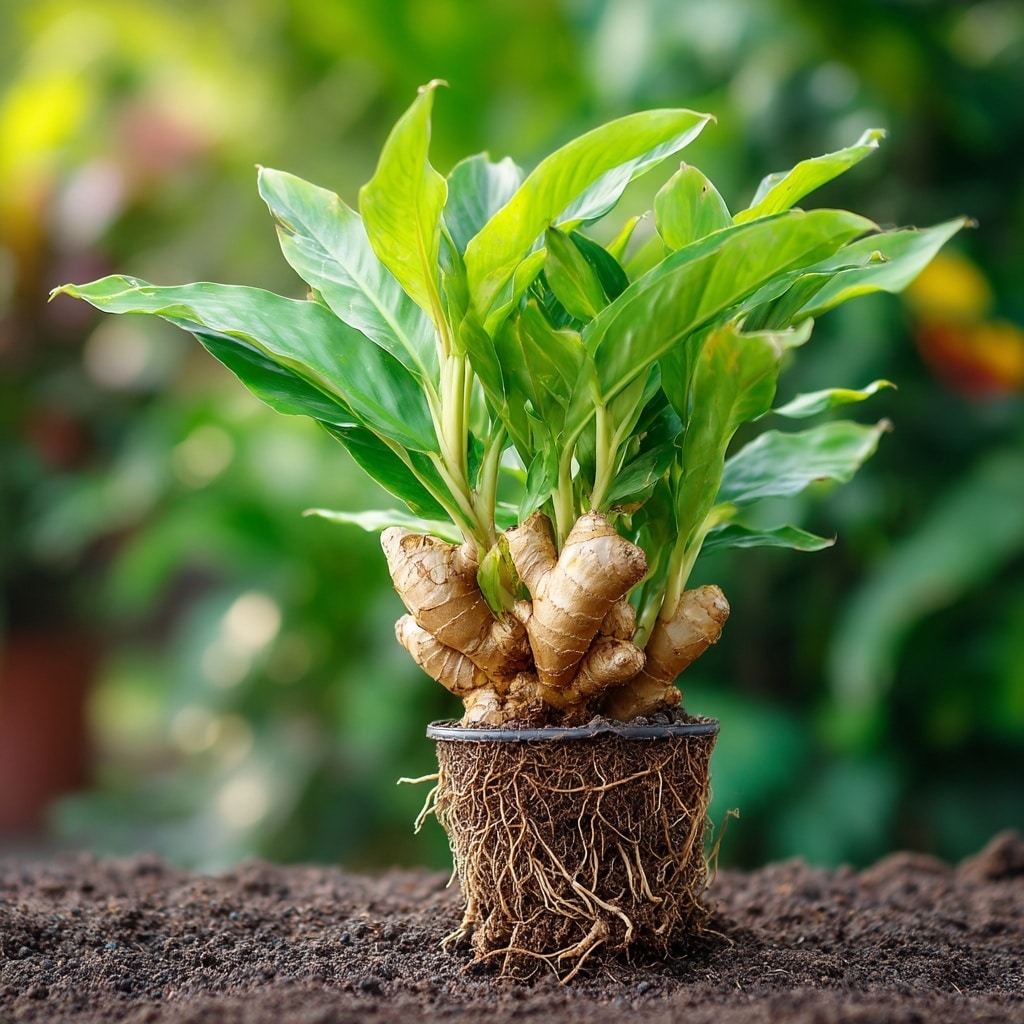
Among the most common kitchen plants, ginger stands out for its potent medicinal qualities. This flavorful root does more than add a spicy kick — it’s been used for centuries to support digestion, relieve nausea, reduce inflammation, and fight cold and flu symptoms.
Ginger is packed with antioxidants and compounds that help lower blood sugar and support heart health. It’s a gentle yet powerful remedy to keep on hand — and surprisingly easy to grow at home.
How to Grow Ginger at Home:
- Choose a plump, fresh ginger root (rhizome) with visible “eyes” (small nodules).
- Cut into 1–2 inch sections, ensuring each has at least one eye.
- Let the pieces dry for 24–48 hours to form a callus.
- Plant in shallow containers with rich, well-draining soil.
- Keep in a warm, humid spot with indirect sunlight.
- Water regularly but avoid waterlogged soil.
Ginger Tip: Patience is key — it takes a few months to mature. Harvest when leaves turn yellow and begin to dry.
Conclusion
Growing medicinal plants at home isn’t just about having fresh ingredients at your fingertips — it’s about creating a healthier, more self-sufficient lifestyle. Whether it’s soothing aloe vera for your skin, tulsi for immunity, or ginger to ease digestion, these five powerful plants bring nature’s healing right into your daily routine.
With a bit of sunlight, care, and intention, your home garden can become a natural wellness cabinet — no prescription required. Just remember: while these plants offer many health benefits, they should complement, not replace, professional medical advice.
So grab a pot, some soil, and let your healing garden grow!

